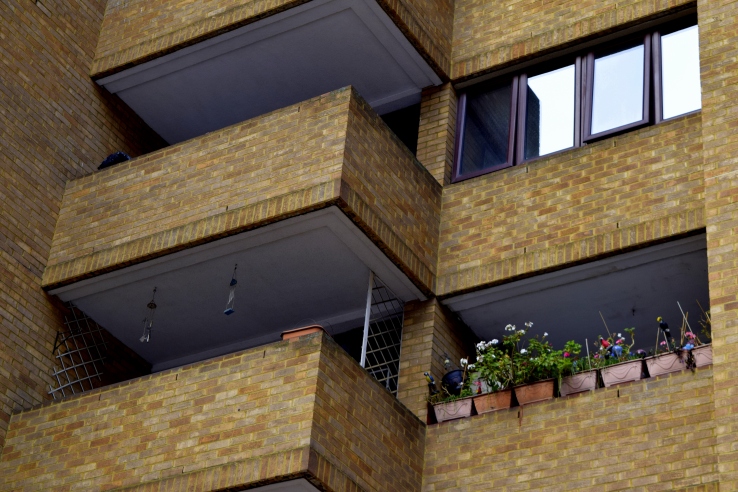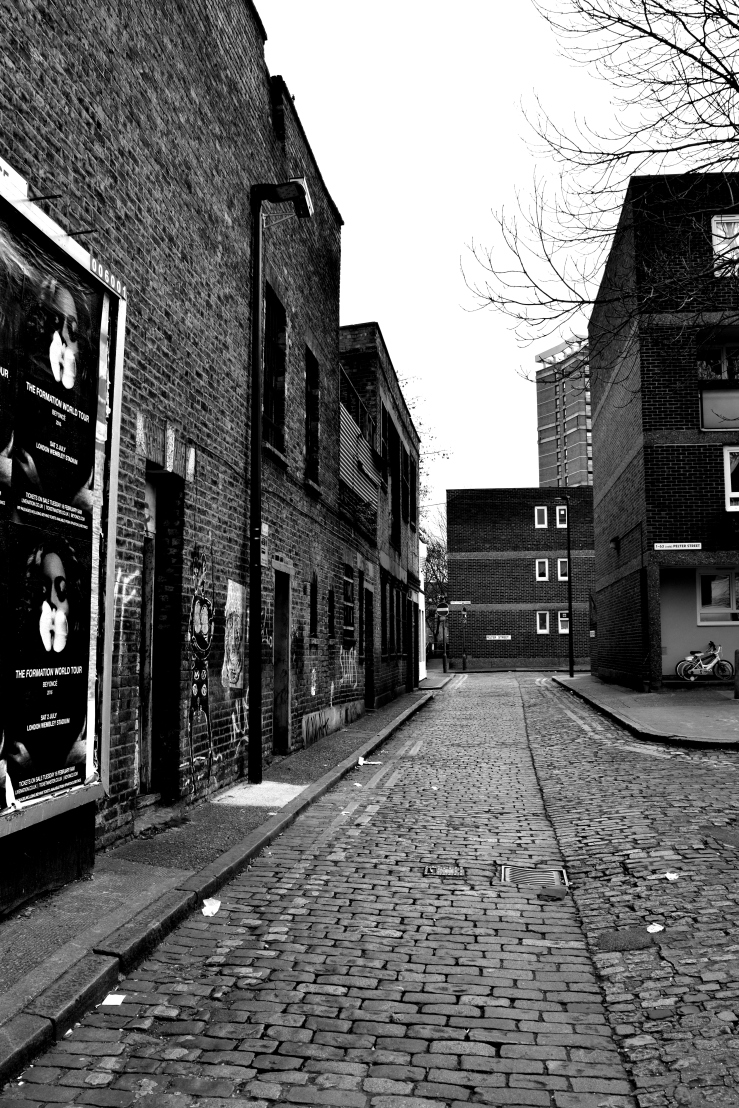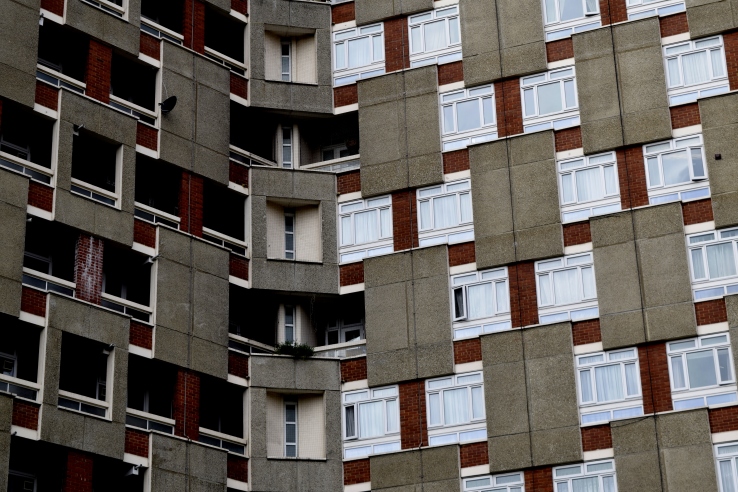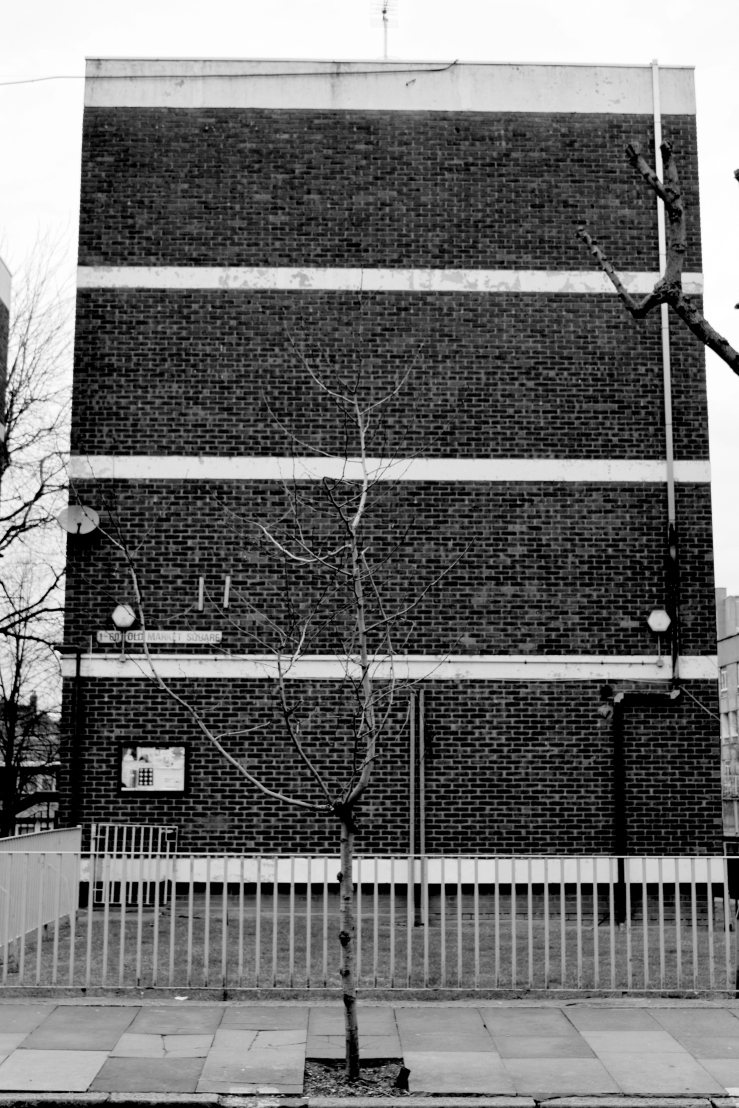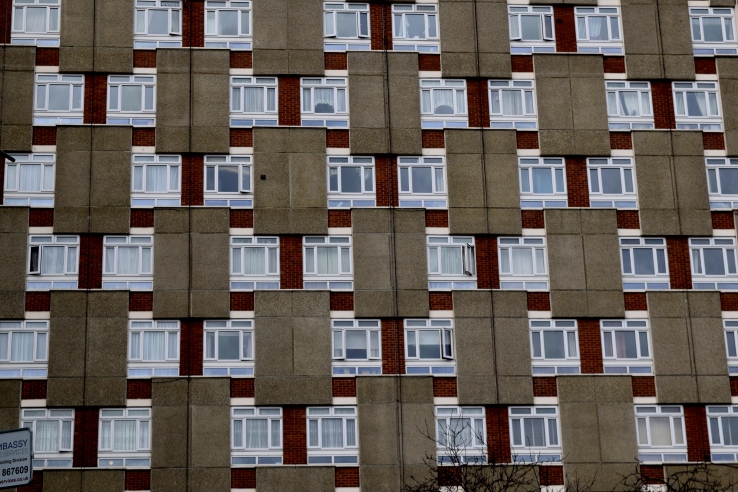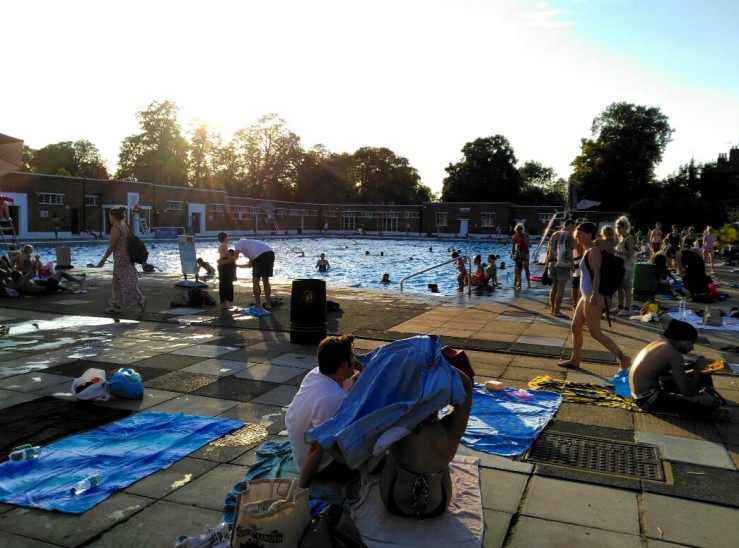
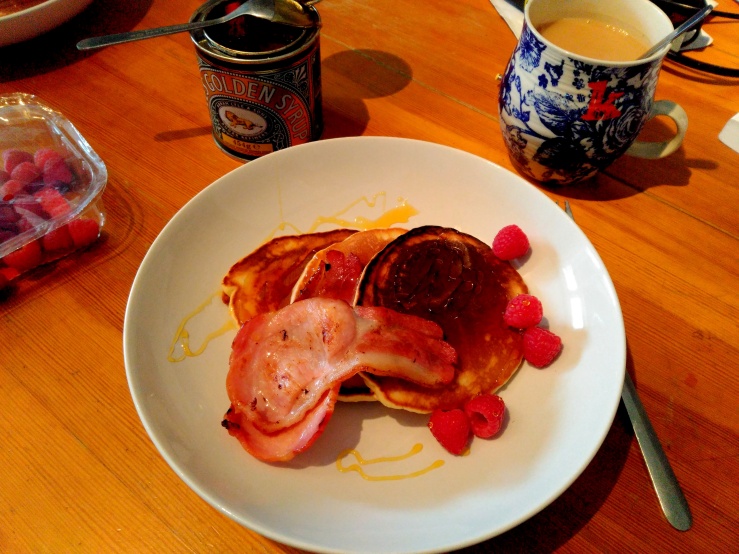
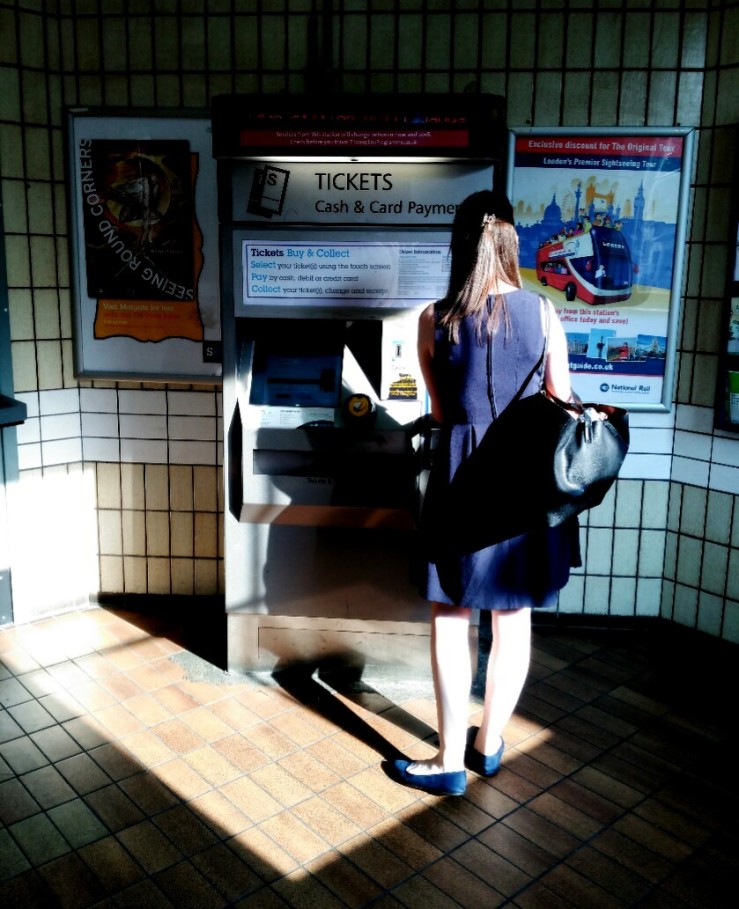
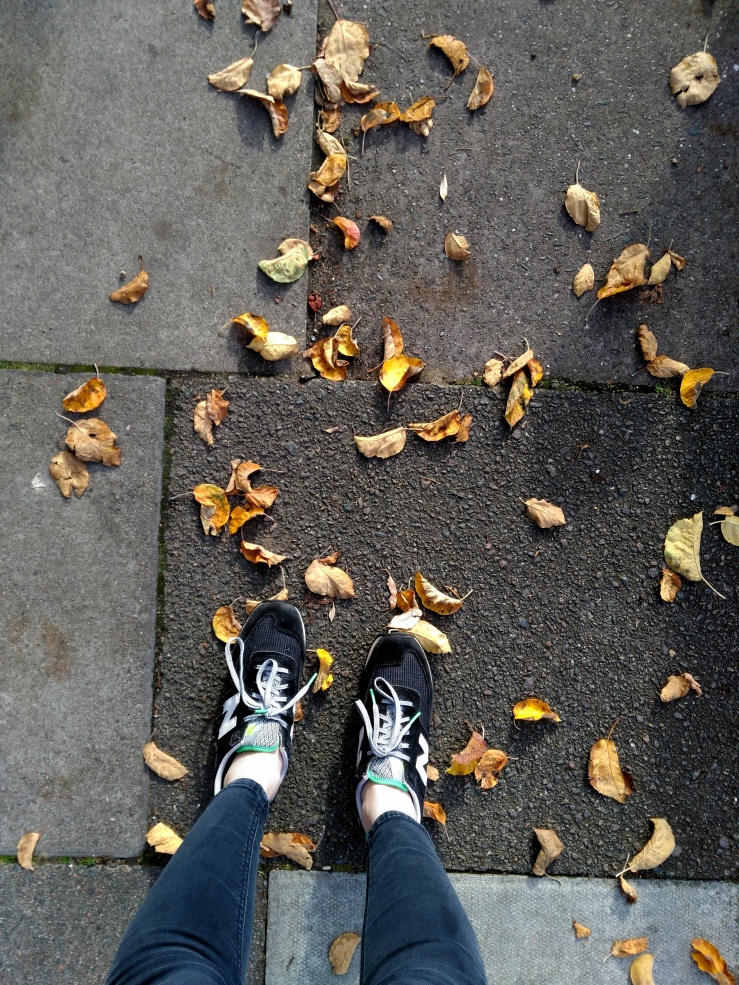 I arrived in London a little over a week ago, barely stirring yet from the comfortable suburbanity of my friend’s place as though still in preparation for real life to begin. Yesterday, I made it to the Strand and looked out over Waterloo bridge. For what felt like the first time, I really looked at this absurd place where office buildings are ludicrous shapes and sizes shooting towards the sky, like borrowed structures from a science-fiction set, and the white dome of St. Paul’s – just visible among all this- like a porcelain remnant from another era.
I arrived in London a little over a week ago, barely stirring yet from the comfortable suburbanity of my friend’s place as though still in preparation for real life to begin. Yesterday, I made it to the Strand and looked out over Waterloo bridge. For what felt like the first time, I really looked at this absurd place where office buildings are ludicrous shapes and sizes shooting towards the sky, like borrowed structures from a science-fiction set, and the white dome of St. Paul’s – just visible among all this- like a porcelain remnant from another era.
Although I’ve been to London countless times before, now with the prospect that life must unfold here, it feels strange and foreign to me as I endeavor to get my bearings. I am no longer a carefree tourist who will spend money on novelty food and expensive magazines and every exhibition I can manage, rather this will have to be some sort of home. And with that comes routine and all the mundane things I could never imagine previously a city of this size and possibility to be accountable for.
When I take the bus through the city, I am not able to read my book. The people, just going about their day, are endlessly fascinating as are the streets and houses. I am distracted, continually invited to imagine the lives beyond front doors and of these strangers. I think of home, where I could walk around the city recognizing faces and pass a pub in the knowledge that I could have a drink with people I know, and it seems like a world away.
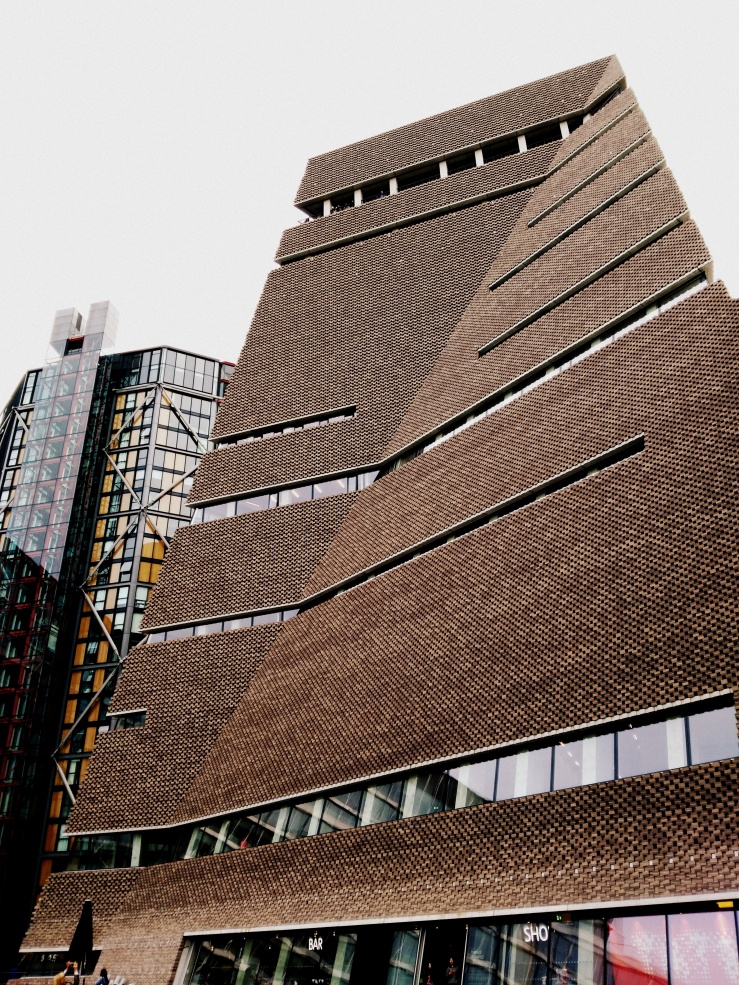
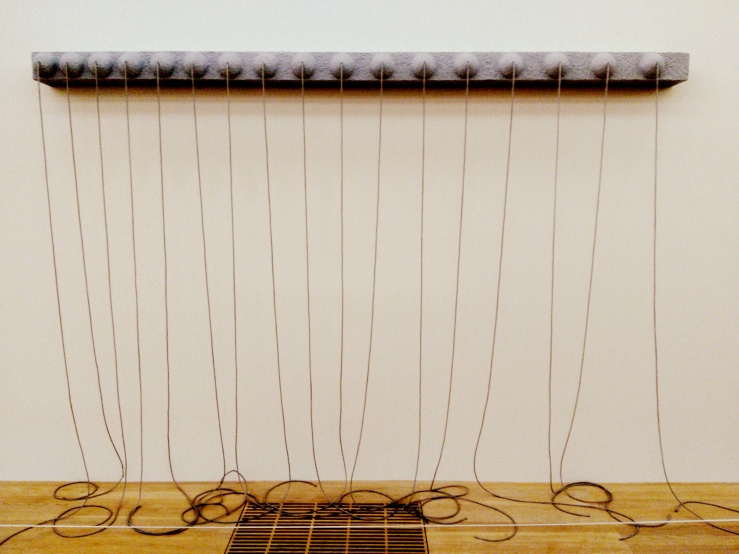
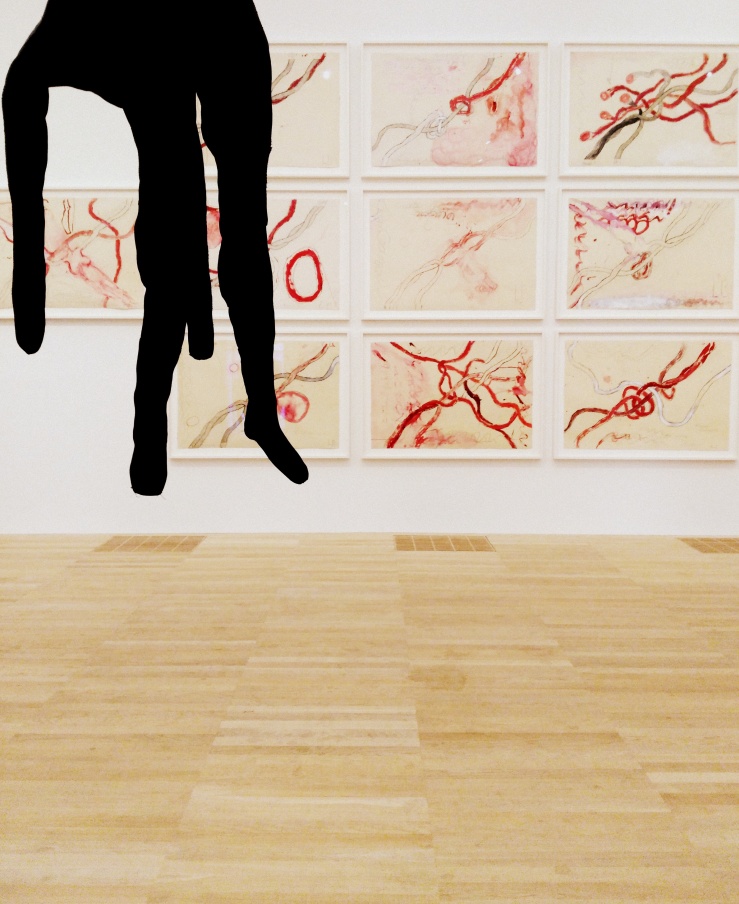
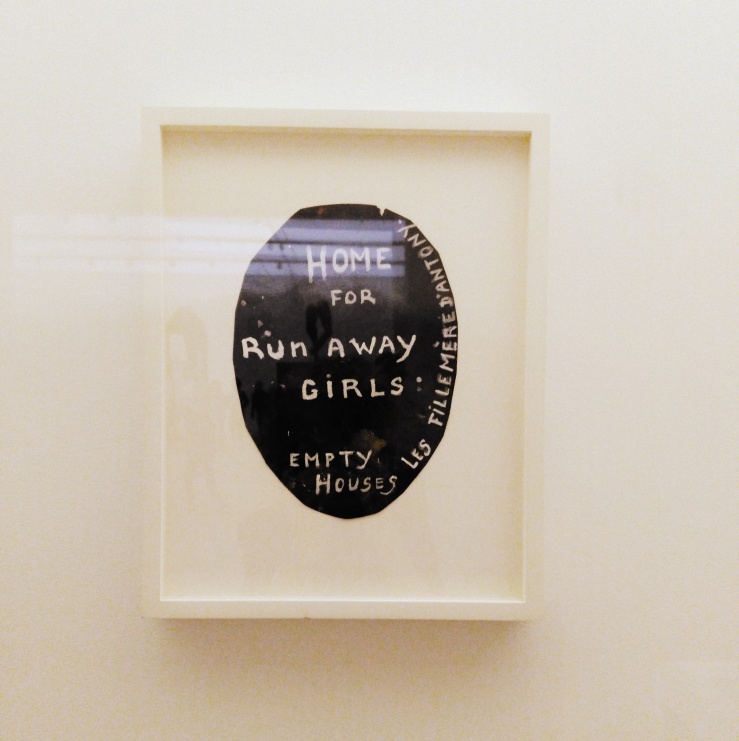
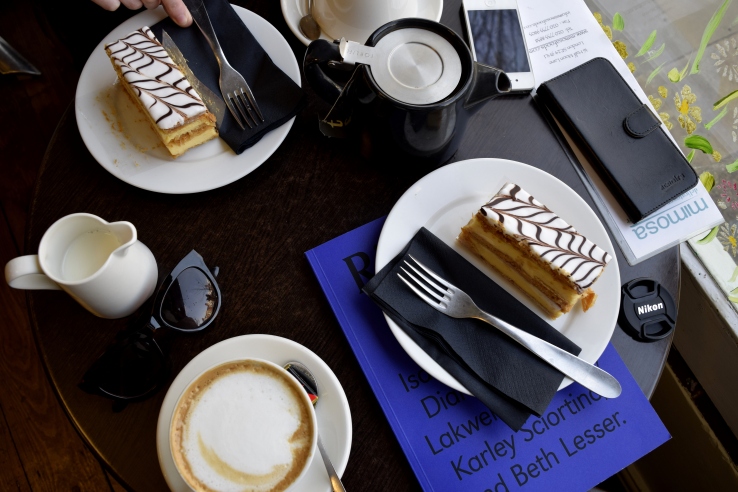 Coffee/cake breaks during my recent trip to London.
Coffee/cake breaks during my recent trip to London.